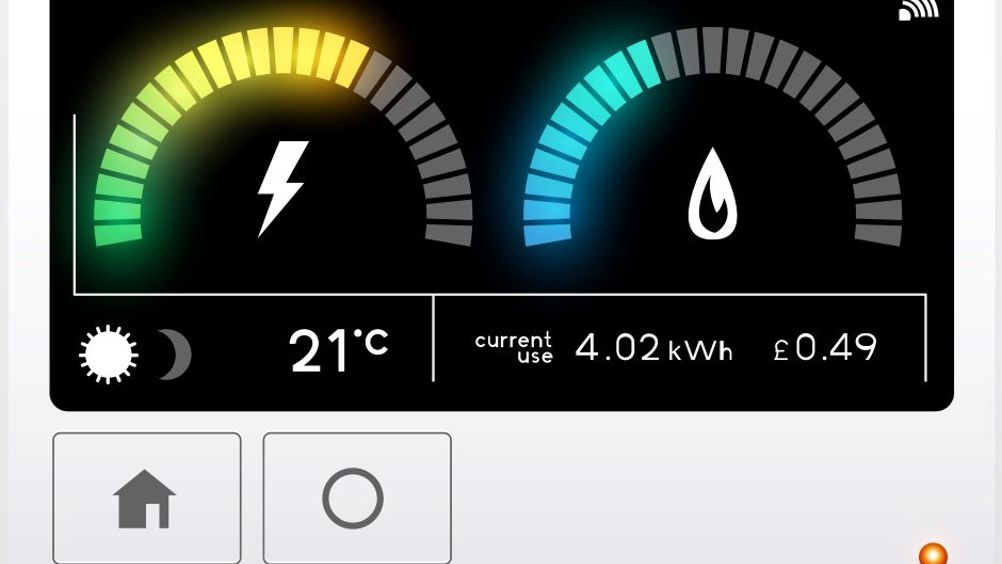
The current climate crisis has for some time demanded that we rethink our habits to mitigate our carbon footprint; over 60 per cent of people say they believe renewables are the most important solution. Combine this sentiment with the current energy crisis - which has seen the energy price cap rise by 54 per cent - and consumers have become acutely aware of their energy usage from a cost perspective too.
To enhance consumer understanding of energy consumption, the UK government introduced its smart meter initiative with the aim that all households will be offered one at no upfront cost by 2025. The principal intentions were to provide an indication of both how much energy is being used in the home, as well as estimated costs.
It might have been expected that the national rollout of smart meters would be received positively by consumers. And yet, a recent Yougov survey for the Energy and Utilities Alliance revealed that 55 per cent of UK households would not be willing to use a time-of-use smart meter tariff. While this suggests consumers have reservations about taking active control of their own household energy use, it also sheds light on the lack of flexibility that many households have to adapt to dynamic tariff conditions.
By using a conventional SMMT2 smart meter, consumers are exposed to the growing cost of energy, but without detailed price insights that ultimately drives home energy usage optimisation. For those who are unable to benefit from fluctuations in price periods, this adds to the sentiment that smart meters are not necessarily a force for good when used singularly. The technology itself provides transparency to consumers when it comes to energy consumption, but this does not offer a truly ‘smart’ solution for those who want to be proactive.
First generations of home appliances that are potentially flexible – such as water heaters, heat pumps, and electric vehicle (EV) chargers – often do not embed sufficient intelligence to automate their scheduling through periods of lower electricity costs. Similarly, home renewable installations such as solar PV often do not incorporate automated control mechanisms to optimise energy self-consumption decisions (such as during peak periods using energy to power your home or charge a storage battery instead of ‘blindly’ exporting energy to the grid). Additional ‘layers’ of smart technologies are therefore essential to complement SMMT2 smart meters as they provide higher time granularity measurements while integrating variable energy prices, allowing consumers to optimise home energy use and generation in real-time.
These pitfalls of conventional smart meters have prompted many consumers to rethink how best to automate participation into energy markets - not through individual manual controls, but through home energy stations that automate their decision making. ‘Smarter’ energy devices allow consumers to benefit from the most accurate optimisation across time-of-use and dynamic tariffs, self-consumption and any other flexible appliances in the home including home ‘static’ battery storage and heat pumps. Most importantly, this presents a doubly positive option, cutting costs and carbon footprint, as said consumers will naturally draw electricity from the grid during periods where the electricity mix is the least carbonised.
Advancements in access to home renewable energy coupled with stationary storage or V2X have also started to challenge the flexibility barrier. For example, the integration of EV smart bi-directional charging into the home has meant that the amount of electricity that can be flexibly moved over several hours has more than tripled - typically 15Kwh beyond a three hour time window - meaning these flexibility options represent much larger revenue potential to home owners at current electricity prices.
Despite the controversial reception, SMMT2 smart meters remain important technologies to be able to properly bill the electricity consumed and provide homeowners transparency on their energy usage and potential flexibility. However, they have been largely oversold against their capability to control and automate energy decisions, which remains a missing building block to truly enable a dynamic participation of flexible consumers into the energy system. The idea that simply the provision of smart metering information is enough to allow consumer participation is therefore flawed.
So conventional smart meters provide a good reference point for consumers who want to start taking control of energy management: but another layer of ‘smartness’ is required to complement them. As the availability of new and smarter devices improves and homeowners become aware of the benefits of their additional smartness we should expect that adoption of home flexible tariffs will improve over time – to the benefit of both homeowners’ pockets and the environment.